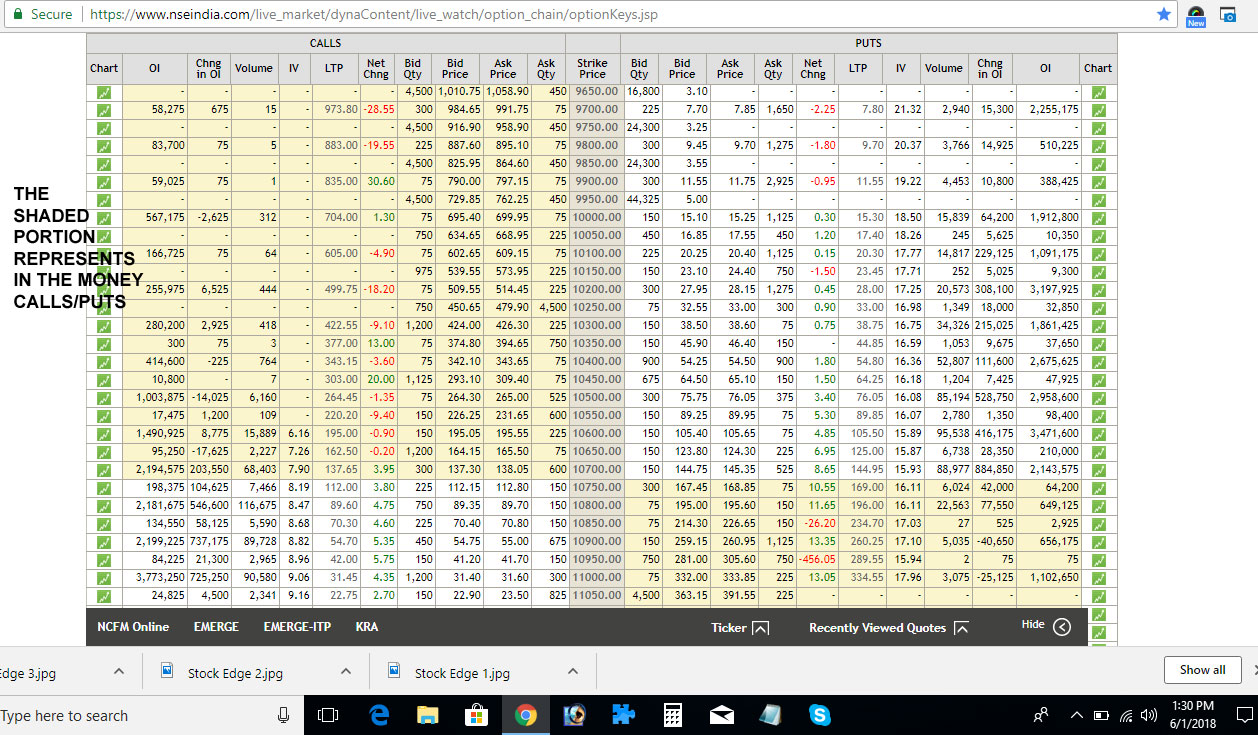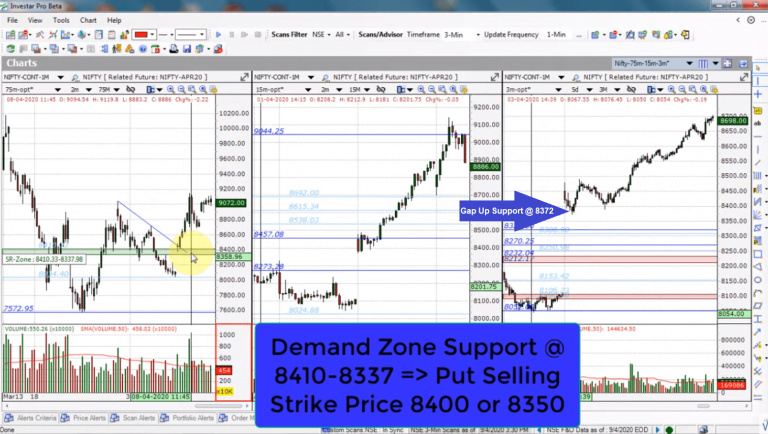In today’s world, investing in the financial markets has become increasingly popular as people seek higher returns on their savings. Among the many investment options available, option trading in Nifty has emerged as a highly lucrative strategy that offers the potential for significant gains. Nifty, the flagship index of the National Stock Exchange of India, represents the performance of India’s leading companies and serves as a barometer of the country’s economic health. By understanding the intricacies of Nifty option trading, investors can harness the dynamic fluctuations of the index to enhance their portfolio’s performance.

Image: bullbull.in
Understanding Nifty Options
Nifty options are contracts that grant the holder the right, but not the obligation, to buy (call option) or sell (put option) a specified number of Nifty units at a specific price (strike price) on or before a predetermined date (maturity date). These contracts are traded on the derivatives segment of the Indian stock market and offer a versatile tool for managing risk, hedging against volatility, or simply speculating on Nifty’s price movements.
Benefits of Nifty Option Trading
-
Leverage: Options provide substantial leverage, allowing traders to control a large number of Nifty units with a relatively small capital investment. This leverage magnifies both potential profits and losses, making risk management crucial.
-
Flexibility: Options offer flexibility in terms of strike prices and maturity dates, enabling traders to tailor their strategies based on market conditions and risk tolerance.
-
Profit Potential: Option trading can generate significant profits if market movements align with the trader’s expectations. The potential returns are limitless, as the option’s value can increase exponentially in favorable market conditions.
-
Risk Management: Options also serve as an effective risk management tool. Traders can use options to hedge against the downside risk of holding stocks or create income-generating strategies to offset potential losses.
-
Speculative Opportunities: Option trading provides opportunities for speculation based on market sentiments or technical analysis. Traders can bet on Nifty’s price direction and potentially profit from short-term fluctuations.

Image: investarindia.com
Option Trading Nifty
Types of Nifty Options
-
Call Options: Grant the right to buy Nifty at the strike price on or before the maturity date. If Nifty’s price rises above the strike price, call options gain value.
-
Put Options: Grant the right to sell Nifty at the strike price on or before the maturity date. If Nifty’s price falls below the strike price, put options gain value.
-
In-The-Money (ITM): Options whose strike price is already favorable. For example, if Nifty is trading at 18,000, a call option with a strike price of 17,500 is ITM because it gives an immediate profit.
-
Out-of-The-Money (OTM): Options whose strike price is not yet favorable. For example, if Nifty is trading at 18,000, a call option with a strike price of 18,500 is OTM because it does not provide an immediate profit.
-
At-The-Money (ATM): Options whose strike price is equal to the current market price of Nifty. These options are neither ITM nor OTM.






